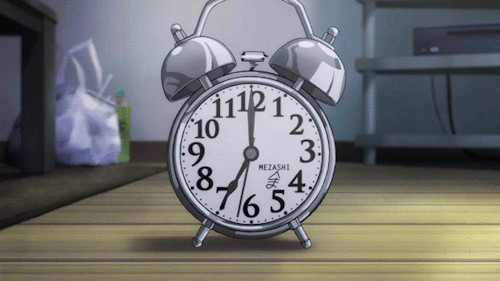Hey guys,
This time we expand on our player character by adding in walk and run transitions as well as introduce a strafe mode for when our character is ready to duke it out.
You can find the project from the video on our GitHub page.
Hey guys,
This time we expand on our player character by adding in walk and run transitions as well as introduce a strafe mode for when our character is ready to duke it out.
You can find the project from the video on our GitHub page.
Hey guys,
Today we return back to the Player Character series, this time talking about how we can add in a crouch component, switch states from idle to armed and combine all those mechanics together using some blending techniques. Additionally we are going to introduce a timer mechanic that resets our armed stance back to idle.
As usual you can find the project from the video on our GitHub page.
Hey guys,
We are bouncing back to C++ Fundamentals this time looking at FTimerHandle and Timers in general by messing around with our props.
Additionally you can always find the sample project on our GitHub page.

Timers allow us to trigger events based on elapsed time in the form of creating asynchronous callbacks to specific function pointers.
Plain English: we light a fuse, let it burn down, something explodes !
 Well let’s take a look at some code as these things are pretty easy to understand.
Well let’s take a look at some code as these things are pretty easy to understand.
.h
FTimerHandle TriggerDestroyTimerHandle; UFUNCTION() void TriggerDestroy();
.cpp
GetWorld()->GetTimerManager().SetTimer(TriggerDestroyTimerHandle, this, &ADestructibleProp::TriggerDestroy, 5.f, true);
void ADestructibleProp::TriggerDestroy()
{
// do stuff
}
So as you can see the implementation is pretty easy to understand.
 Timers can also be used to trigger modifications to specific values every so often. In this case we are going to simulate a fuse that will count down every second before it triggers an event.
Timers can also be used to trigger modifications to specific values every so often. In this case we are going to simulate a fuse that will count down every second before it triggers an event.
First we are going to call the timer as we did previously, except this time we are going to call a new method and have this timer run every second.
.cpp
GetWorld()->GetTimerManager().SetTimer(TriggerDestroyTimerHandle, this, &ADestructibleProp::TriggerCountdownToDestroy, 1.f, true);
Then we add in our count down logic
.h
int32 TriggerCountdown; UFUNCTION() void TriggerCountdownToDestroy();
Finally we add in our implementation where we modify our count down variable by subtracting one from it every second.
Additionally we trigger a second timer call to our original method by randomly generating a delay before it gets triggered.
.cpp
void ADestructibleProp::TriggerCountdownToDestroy()
{
// count down to zero
if (--TriggerCountdown <= 0)
{
int32 RandomDelay = FMath::RandRange(1, 5);
GEngine->AddOnScreenDebugMessage(-1, 3.f, FColor::Orange, "Boom ! with a delay of: " + FString::FromInt(RandomDelay));
GetWorld()->GetTimerManager().SetTimer(TriggerDestroyTimerHandle, this, &ADestructibleProp::TriggerDestroy, RandomDelay, true);
}
else
{
GEngine->AddOnScreenDebugMessage(-1, 3.f, FColor::Orange, "Counting down to explosion: " + FString::FromInt(TriggerCountdown));
}
}
This allows us to have custom implementations in our timers that perform very specific work.
Pretty cool !
Below you can find a few more links with some additional reading material: